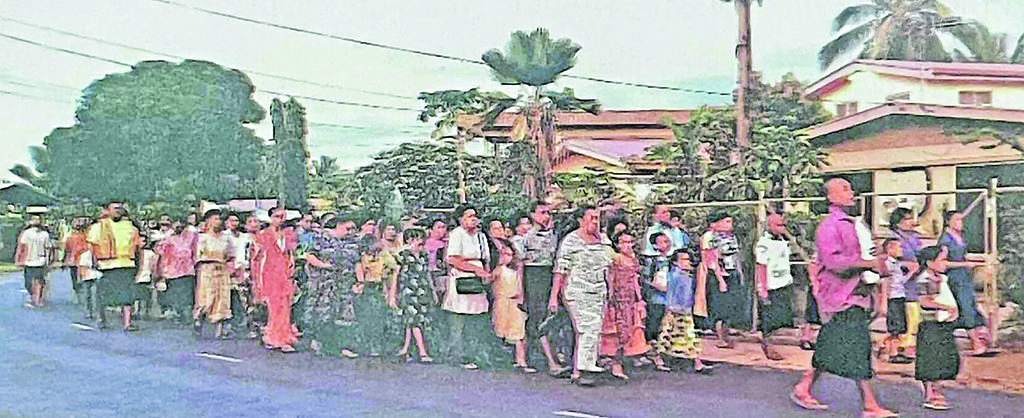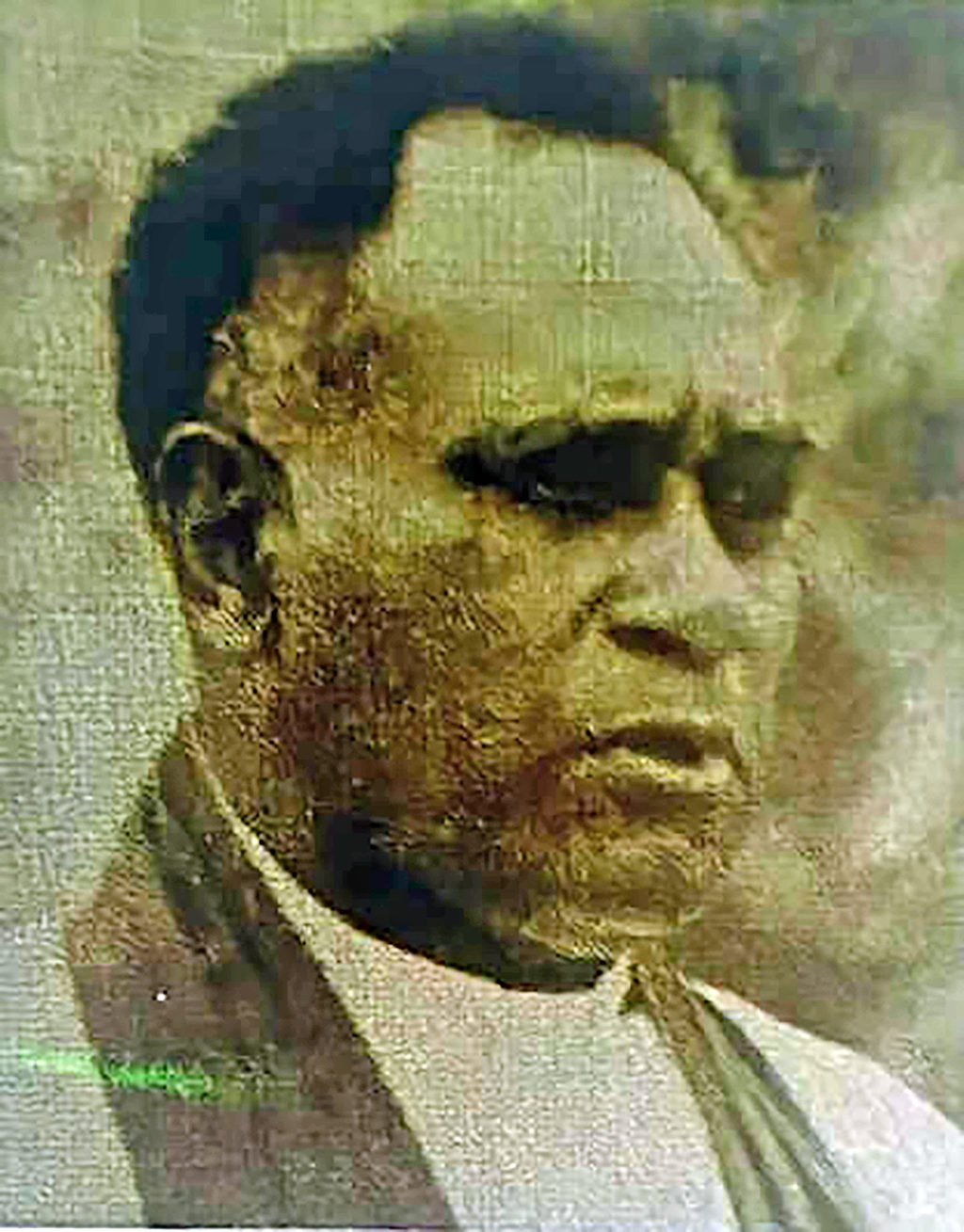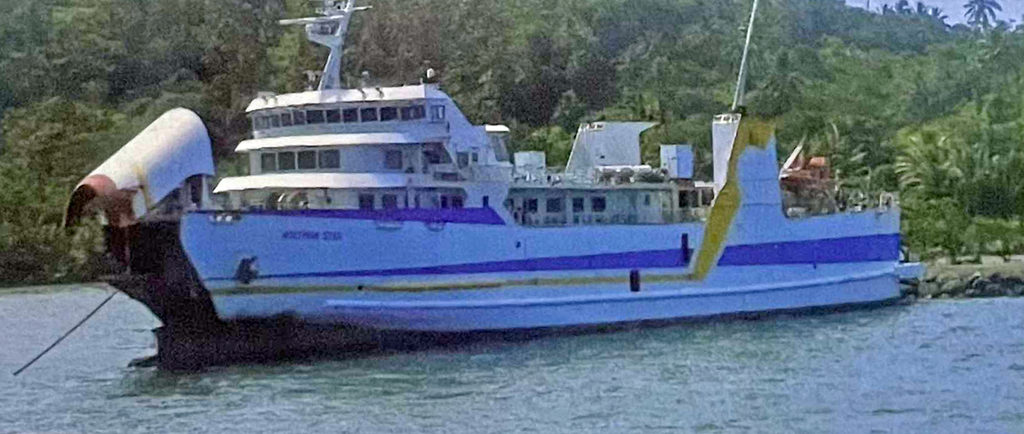FIJI was beginning to find its footing after years of political and social upheaval in 1991.
The memory of the 1987 coups still lingered, and questions of identity, belonging, and trust rippled quietly through communities and churches alike.
While politicians debated the nation’s future, ordinary people were learning new ways to speak, pray and live together again.
For Columban priest Fr Frank Hoare, these lessons were often discovered not in grand conferences or sermons, but in other means.
The language of requests
As the small vessel approached Levuka, on January 9, 1991, passengers gathered on deck to watch the island’s familiar skyline emerge from the sea.
Fr Frank had just finished ministry work on a nearby island and was bound for the presbytery for the night when a young girl approached him shyly.
She asked on behalf of a friend whether some luggage could be left at the Levuka presbytery.
“I told her I couldn’t give that permission,” he recalled.
“And then I asked why her friend hadn’t come directly to ask me.”
The girl smiled politely and said only, “Thank you”.
Later, as he thought back on the exchange, the meaning became clear. The friend had avoided the embarrassment of a direct refusal, something that might have strained the relationship.
“Requests can be sensitive.
“They can put a relationship in jeopardy.”
In Fijian culture, such diplomacy is an art. The mata ni vanua, or traditional spokesperson, acts as the bridge between parties, one who can convey messages, make requests, and preserve harmony even in disagreement.
“It’s a profound wisdom.
“It keeps the heart of relationship intact, even when the answer is no.”
Faith in the streets
On a cool May evening in Suva’s Newtown suburb, a small Marian procession wound its way through narrow lanes.
About 50 people, mostly women and children, followed the statue of “Our Lady of Fatima” from one home to another, candles flickering in the night air.
No priest led the prayers. There were no readings from Scripture, only hymns to Mary, murmured rosaries and quiet hope.
A Hindu woman searched for a candle beside Fr Frank. A Tongan mother, abandoned by her husband, confided that she was praying for her wayward son.
Inside the host home, the statue was enthroned on a white-draped table surrounded by flowers. People squatted in doorways and along the veranda, each lost in their own petitions. Afterwards, tea was served to everyone.
“There was something very attractive about the evening.
“Wounded people found a mediator through whom to touch the supernatural power of God.”
He saw in it a deep hunger, for community, for healing, for a motherly presence of faith. Though the devotion lacked formal structure or biblical reading, it met needs that “our official religion sometimes overlooks”.
“It would be good.
“To place Christ beside his mother, but the devotion and the feeling must be recognised and affirmed.”
Bridging the divide
At the Pacific Regional Seminary in Suva, on December 19, a small miracle unfolded, not one of vision or prophecy, but of shared dishes and laughter.
For two weeks, 26 participants, Methodists and Catholics, indigenous Fijians and Indo-Fijians, lived, prayed, and worked together in a program designed to bridge both ethnic and denominational divides.
When the former Methodist Church president Reverend Paula Niukula was spotted washing dishes, his wife, Mrs Sai, teased, “That’s the first time I’ve ever seen him doing that!”
But those simple acts of humility carried symbolic weight. Participants washed, cooked and worshipped side by side.
They shared stories of prejudice and pain in a space safe enough for tears. Indo-Fijians dramatised the hardships of indenture; Fijians spoke of their ancestral bond to the land.
“We discovered what it meant to see through the eyes of the other.”
A reconciliation service brought these emotions together, blending shadow play, silence, and music in a ritual of light and forgiveness.
There were moments of tension too: Methodists felt hurt when they were not invited to receive Communion at the Catholic Mass, though they had opened theirs to all.
“Reverend Paula gently explained the Catholic point of view,” Fr Frank said.
“It was a moment of truth and of grace.”
One participant later summed it up: “The workshop helped reform my behaviour, feelings and attitudes about Indians and Fijians, Methodists and Catholics.”
The experience confirmed for Fr Frank that true ecumenism “is fruitful when partners are committed to building some dimension of the Kingdom of God in real life”.
Humility and harmony
More than 30 years on, the echoes of 1991 still move through villages, towns and city streets.
The gentle diplomacy of the mata ni vanua, the power of shared devotion, and the slow work of reconciliation continue to define how people navigate difference and rebuild trust.
Yet today’s challenges, from the HIV and meth crisis to the climate’s rising tides, remind us that dignity and compassion must evolve with the times.
The same virtues that once bridged ethnic divides can now heal social wounds of stigma, addiction, and inequality.
If Fiji is to remain true to the spirit that carried it through past storms, then faith and culture must again meet in the middle ground.
“Dialogue,” Fr Hoare reflected.
“Is not just in words. It’s in the way we listen, the way we pray, and sometimes, the way we wash the dishes together.”
Next week, we will jump right into the events of 1992.
Marian procession at Labasa. Picture: SUPPLIED

Reverend Paula Niukula. Picture: SUPPLIED



